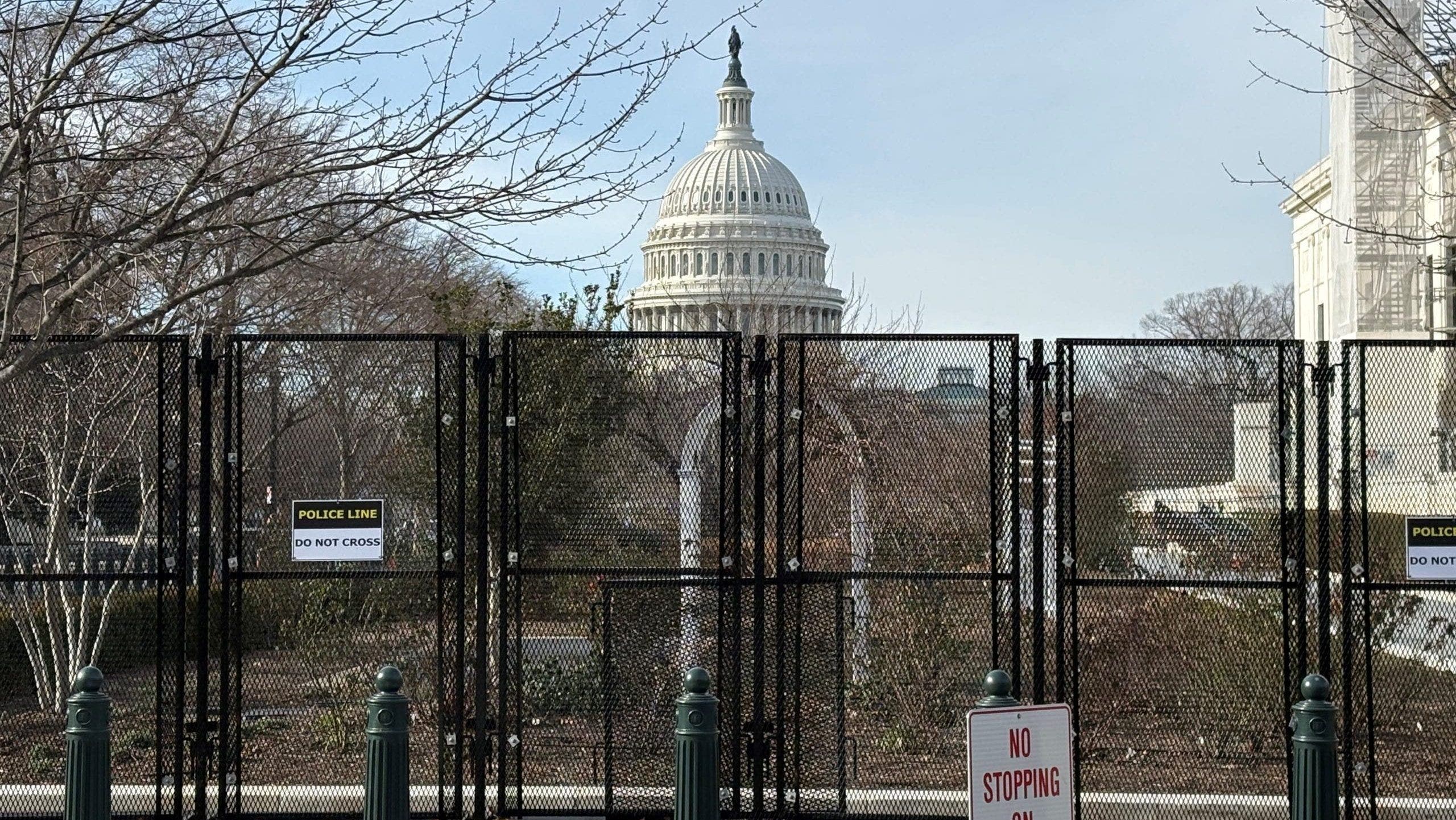The State of Global Water Resources report released on Monday also highlights that over the last five years below-normal conditions for river flows have been recorded with less water reaching reservoirs.The reduction in supplies has reduced the amount of water available for communities, agriculture and ecosystems.
Currently, 3.6 billion people worldwide face inadequate access to water at least a month per year and this is expected to increase to more than five billion by 2050, according to UN Water.
The report also reveals that glaciers suffered the largest loss of mass ever registered in the last five decades. Every region in the world where glaciers are present reported ice loss.
The ice loss has produced more than 600 gigatonnes of water, much of which has ended up in the ocean as well as some riverways.
Meanwhile, 2023 was recorded as the hottest year on record, leading to elevated temperatures and widespread dry conditions, which contributed to prolonged droughts.
Unprecedented stress
“Water is the canary in the coalmine of climate change. We receive distress signals in the form of increasingly extreme rainfall, floods and droughts which wreak heavy toll on lives, ecosystems and economies said WMO Secretary-General Celeste Saulo.
The report also paints a stark picture of the world’s freshwater resources, highlighting unprecedented stress, exacerbated by climate change and increasing demand.
Climate change intensifies
A significant number of floods across the world are highlighted in the report.
The surge in extreme hydrological events has been influenced by naturally occurring climate conditions including the transition from La Niña to El Niño weather patterns in mid-2023 as well as human induced climate change.
“As a result of rising temperatures, the hydrological cycle has accelerated. It has also become more erratic and unpredictable, and we are facing growing problems of either too much or too little water,” Ms. Saulo explained.
Africa battered
Africa was the most impacted in terms of human casualties. In Libya, two dams collapsed due to the major flood in September 2023, claiming more than 11,000 lives and affecting 22 per cent of the population.
Floods also affected the Greater Horn of Africa, the Democratic Republic of the Congo as well as Rwanda, Mozambique and Malawi.
Meanwhile, the southern United States, Central America, Argentina, Uruguay, Peru and Brazil were affected by widespread drought conditions, which led to the lowest water levels ever observed in the Amazon and in Lake Titicaca on the border of Bolivia and Peru.
Monitoring and data sharing
“Far too little is known about the true state of the world’s freshwater resources. We cannot manage what we do not measure,” Ms. Saulo stated.
“This report seeks to contribute to improved monitoring, data-sharing, cross-border collaboration and assessments. This is urgently needed,” she added.
WMO said the report seeks to enhance the accessibility and availability of observational data, through better monitoring and improved data sharing, particularly in the Global South.
Early warning
The report aligns with the focus of the UN’s global Early Warnings for All initiative in addressing water-related challenges.
The global effort aims to improve data quality and access for water-related hazard monitoring and forecasting, with the goal of providing Early Warning systems for all by 2027.
The WMO has emphasised the urgent need for action to address water-related challenges, calling for improved monitoring, data sharing and cross-border collaboration to better understand and manage global water resources.





